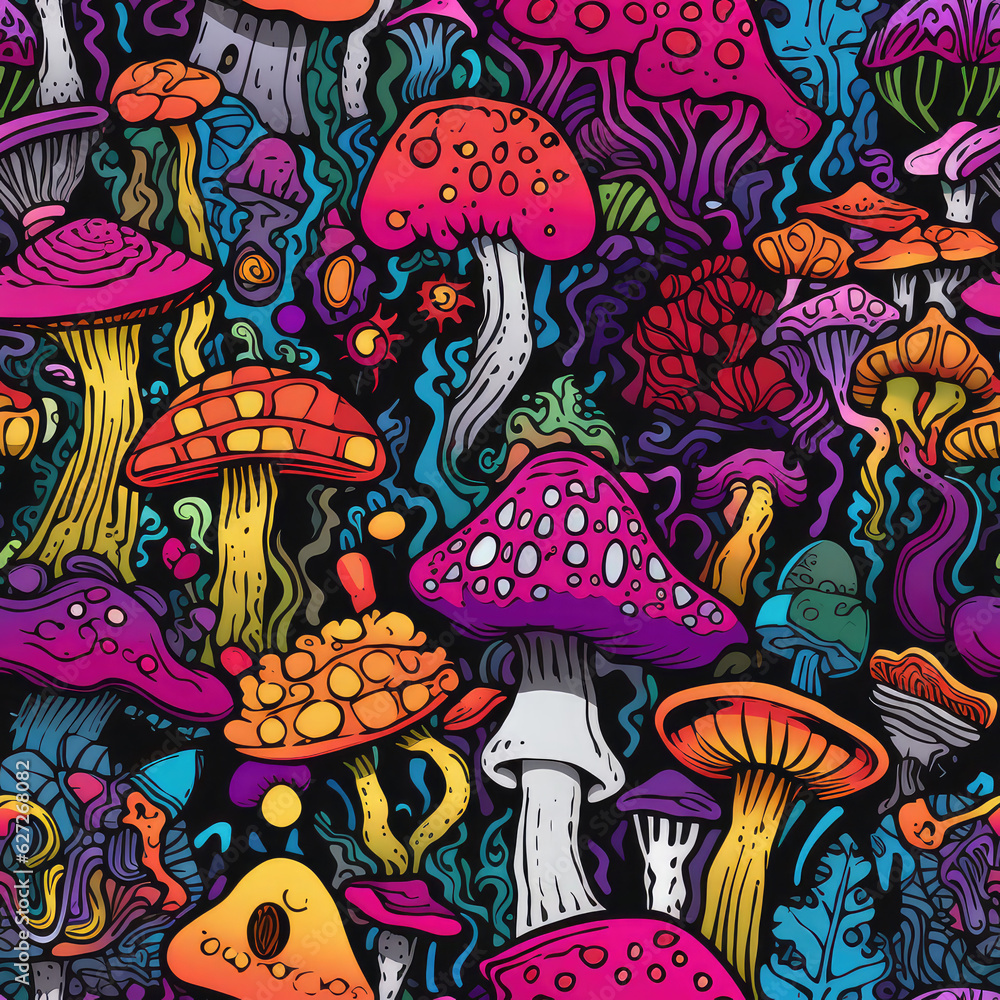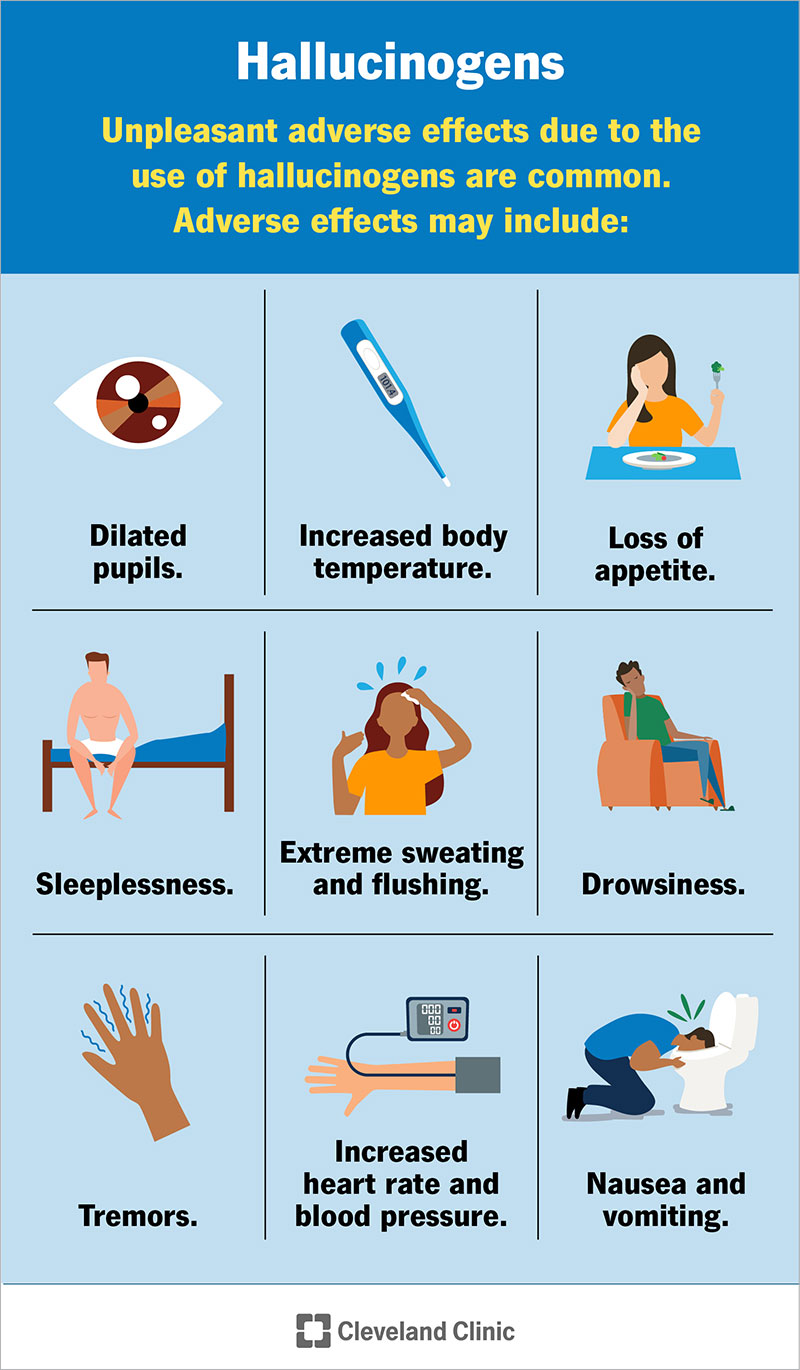Discover Why Everyone’s Talking About Golden Psycho These Days.
Discover Why Everyone’s Talking About Golden Psycho These Days.
Blog Article
All Regarding Psychotomimetic Substances: Their Role in Psychological Study
Psychotomimetic compounds, such as LSD and psilocybin, have gathered increasing rate of interest in emotional research for their capability to reproduce psychotic symptoms and offer understanding right into various psychological wellness disorders. Their communications within the brain, specifically through serotonin and dopamine pathways, recommend a facility relationship in between consciousness and neurobiology that may open novel healing avenues. As researchers remain to examine their prospective applications, honest considerations bordering their use in clinical settings end up being critical, increasing vital concerns regarding safety and informed permission that require additional exploration.
Definition of Psychotomimetic Compounds
In the realm of psychological research, psychotomimetic substances are materials that can induce results appearing like those of psychosis, such as hallucinations, deceptions, and altered perceptions of truth - About Golden Psycho. These compounds can be classified into different groups, consisting of hallucinogens, dissociatives, and certain energizers, each producing distinct mental effects
The pharmacological activity of psychotomimetic compounds usually includes inflection of neurotransmitter systems, especially those pertaining to serotonin, dopamine, and glutamate. Substances like lysergic acid diethylamide (LSD) largely act on serotonin receptors, leading to profound changes in sensory perception and cognition.
The utility of psychotomimetics in research study depends on their ability to mimic psychotic signs, offering a design for comprehending the underlying mechanisms of psychotic conditions such as schizophrenia. By researching the results of these substances, researchers can gain understandings into the neurobiological and emotional procedures that add to psychosis.
Additionally, psychotomimetic compounds have been explored for their restorative capacity in treating numerous mental health conditions, consisting of depression and anxiety, highlighting their double function in both research and prospective medical applications.
Historic Advancement and Context
The expedition of psychotomimetic substances has an abundant historical context that goes back to old human beings, where compounds such as psilocybin mushrooms and peyote were made use of in spiritual and healing techniques. These early uses commonly linked with religious routines, suggesting an extensive reverence for the transformed states of consciousness induced by these compounds.
The mid-20th century noted a substantial transition in the research study of psychotomimetic materials, particularly with the synthesis of LSD by Albert Hofmann in 1938. The subsequent popularization of LSD in the 1960s militarized a wave of interest in both its psychological impacts and potential therapeutic applications. Scientists started to explore exactly how these substances might resemble psychotic states, supplying insights into mental disease.
Nevertheless, the increasing association of psychotomimetics with counterculture motions caused regulatory backlash, culminating in the criminalization of most of these substances. In spite of these difficulties, the resurgence of passion in the healing potential of psychedelics in the 21st century has prompted restored research study. This historic trajectory emphasizes the progressing assumption of psychotomimetic compounds, transforming from spiritual compounds to subjects of clinical inquiry and, possibly, restorative guarantee.
Mechanisms of Activity
Recognizing the systems of activity of psychotomimetic substances reveals the elaborate ways these materials engage with the mind's neurochemistry. These substances mainly exert their effects with modulation of neurotransmitter systems, specifically serotonin, dopamine, and glutamate. For circumstances, lots of timeless psychedelics, such as psilocybin and LSD, largely serve as agonists at serotonin 5-HT2A receptors, leading to altered assumption and cognition. This communication not only impacts sensory handling however likewise boosts emotional and introspective experiences.
Along with serotonin, dopaminergic pathways are considerably influenced by compounds like mescaline and particular cannabinoids, which can bring about transformed states of awareness and adjustments in mood and motivation. Furthermore, the NMDA receptor antagonism observed with materials like ketamine highlights one more path whereby psychotomimetics may induce dissociative states and extensive alterations in assumed procedures.
The neurochemical waterfalls initiated by these communications cause complicated and multifaceted emotional results. Recognizing these mechanisms is essential for both the improvement of emotional research study and the restorative possibility of psychotomimetic substances, as they offer understandings right into the underlying neural correlates of modified states of additional info awareness.
Current Research Study and Applications
Current investigations into psychotomimetic substances have actually exposed a resurgence of rate of interest in their restorative applications, particularly in the areas of psychiatry and psychology. Researchers have started discovering substances such as psilocybin, LSD, and ayahuasca for their prospective to ease symptoms connected with various psychological wellness conditions, including clinical depression, anxiousness, and PTSD.
Clinical trials have shown that, when carried out in regulated atmospheres, these substances can assist in extensive psychological experiences, advertising emotional developments and improved restorative results. As an example, research studies have revealed that psilocybin-assisted treatment can lead to significant reductions in treatment-resistant clinical depression, with results lasting for a number of months post-treatment.
Moreover, psychotomimetic compounds are being evaluated for their capability to cultivate neuroplasticity, potentially enabling for more effective rewiring of maladaptive idea patterns. These findings recommend that such compounds may work as complements to conventional psychotherapeutic approaches, improving the efficacy of restorative see this here treatments.
As research study progresses, the emphasis is shifting towards recognizing the optimal does, restorative setups, and individual attributes that can make the most of the benefits of these substances. This expanding area holds pledge for changing mental wellness therapy standards and attending to the restrictions of conventional psychological medications.
Moral Considerations in Research

Navigating the ethical landscape of study entailing psychotomimetic substances is essential to guaranteeing participant security and the stability of study outcomes. Scientists need to focus on educated consent, making sure that participants completely understand the prospective risks and benefits related to the materials being researched. This includes giving thorough details about feasible emotional effects, including acute and long-lasting impacts, and allowing participants the possibility to take out from the research at any moment without fine.
Additionally, honest oversight by institutional testimonial boards (IRBs) is crucial. IRBs review study procedures to secure individual welfare and maintain honest requirements. This examination helps minimize dangers and guarantees that researches are carried out with clinical roughness. Additionally, the potential for coercion must be thoroughly analyzed, particularly when prone populations are involved.
Discretion is one more critical consideration. Researchers must apply robust steps to protect individuals' identities and data, specifically provided the delicate nature of experiences related to psychotomimetic substances (About Golden Psycho). Ultimately, a commitment to honest methods not only promotes count on in between scientists and individuals however additionally enhances the credibility and legitimacy of the research study results, adding to the advancement of psychological expertise

Verdict
Finally, psychotomimetic substances, particularly traditional psychedelics such as LSD and psilocybin, offer considerable understandings right into mental conditions through their distinct systems of activity. go to website Their healing possibility in resolving conditions like stress and anxiety and PTSD emphasizes the value of continued study in this area. Making sure moral standards in study techniques is important for participant safety and security and educated authorization, enabling for a liable expedition of these substances' benefits and effects within mental science.
Report this page